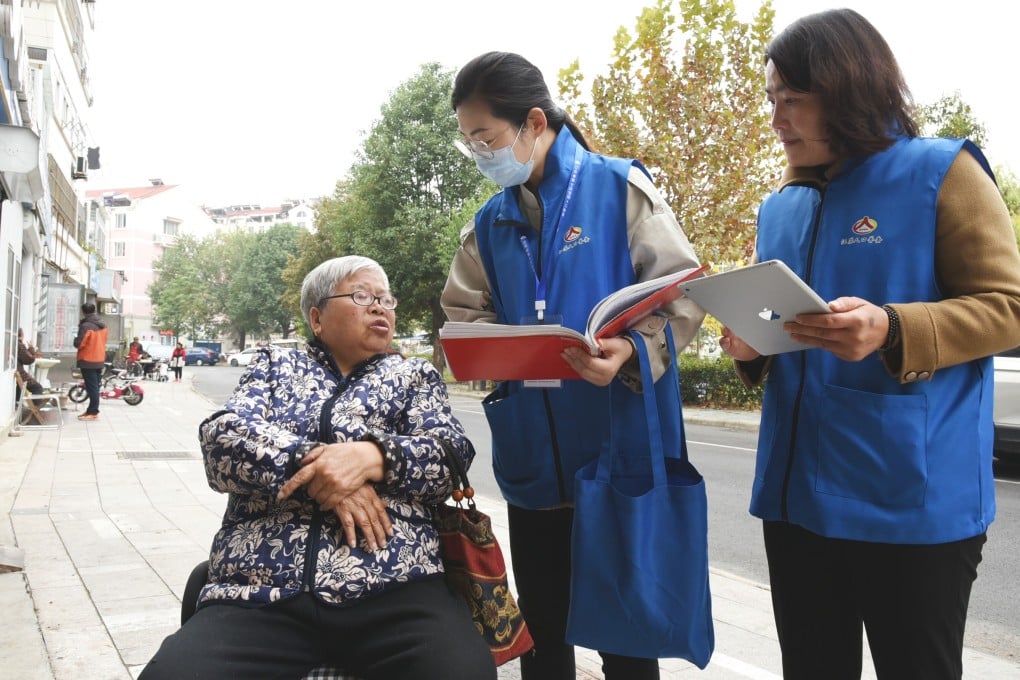Explainer | China’s census: what is it and why is the latest population survey so important?
- Conducted once a decade, China’s national population census is crucial to future economic and social planning
- China’s seventh national population census took place in November and December 2020 and was released in May 2021

Why is China’s census important?
Government investment in infrastructure and social welfare are closely related to demographics. For instance, the number of children or elderly determined by the census forms the basis for planning schools and retirement homes.
One of the key reasons so-called ghost towns with few residents or functioning businesses dot the country is because local governments have in the past overestimated population growth when planning new districts. Many of these shrinking cities have seen huge infrastructure investment while the population is in decline.

02:19
China begins once-in-a-decade census to gather details about its 1.4 billion population
Demographers also monitor census data closely because it gives them an opportunity to verify the accuracy of annual birth data published by the central government. In previous years, there has been a large gap between official data and academic estimates based on the census.
For instance, combining 2010 census data with separate information on the infant death rate and life expectancy, demographers Huang Wenzheng and Liang Jianzhang estimated in September there were 15.7 million births in 1997, which was nearly 5 million fewer than the official figure.